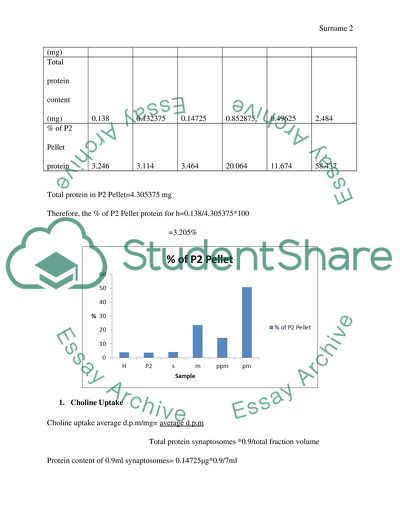Cite this document
(“Neuronal and Cellular Signalling: Preparation and partial Lab Report”, n.d.)
Retrieved from https://studentshare.org/health-sciences-medicine/1666058-neuronal-and-cellular-signalling-preparation-and-partial-characterisation-of-rat-brain-synaptosomes-myelin-and-mitochondria
Retrieved from https://studentshare.org/health-sciences-medicine/1666058-neuronal-and-cellular-signalling-preparation-and-partial-characterisation-of-rat-brain-synaptosomes-myelin-and-mitochondria
(Neuronal and Cellular Signalling: Preparation and Partial Lab Report)
https://studentshare.org/health-sciences-medicine/1666058-neuronal-and-cellular-signalling-preparation-and-partial-characterisation-of-rat-brain-synaptosomes-myelin-and-mitochondria.
https://studentshare.org/health-sciences-medicine/1666058-neuronal-and-cellular-signalling-preparation-and-partial-characterisation-of-rat-brain-synaptosomes-myelin-and-mitochondria.
“Neuronal and Cellular Signalling: Preparation and Partial Lab Report”, n.d. https://studentshare.org/health-sciences-medicine/1666058-neuronal-and-cellular-signalling-preparation-and-partial-characterisation-of-rat-brain-synaptosomes-myelin-and-mitochondria.


